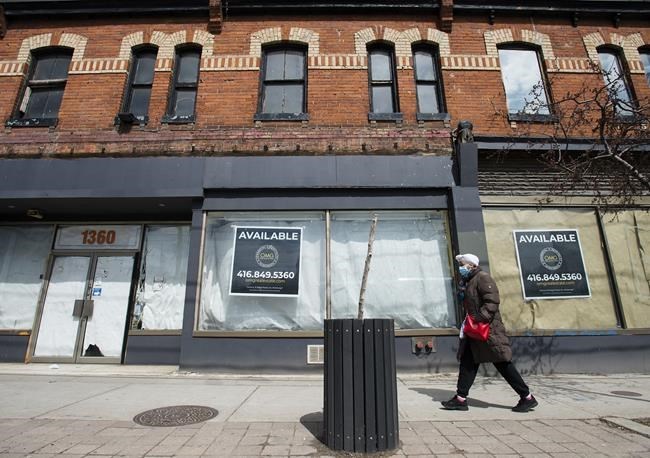As tighter COVID-19 restrictions are once again challenging businesses, new data released by Statistics Canada on Thursday shows which industries were able to endure and bounce back from the first set of lockdowns.
Before the second wave of COVID-19 took hold in the fall, business conditions had stabilized and fewer owners were closing shop, according to Statistics Canada's tally of business closures in August. There were 34,126 business closures in the month, down 2.7 per cent from July and 14.2 per cent lower than prior to the COVID-19 pandemic in February, the agency said.
August was the second consecutive month when the number of business openings topped the number of business closures as 40,697 businesses opened. Statistics Canada says most provinces and territories continued to report fewer business closures in August, except for Prince Edward Island and New Brunswick, which both reported an increase in closures.
The number of new COVID-19 cases in Canada were far lower in August than those seen in recent weeks, which have seen a sharp upturn and prompted the return of strict measures on businesses in an effort to bring the number of new infections under control.
August's drop in business closures, as COVID-19 restrictions eased, may reflect the fact that businesses that were least able to adapt to the pandemic had already closed, Statistics Canada's report said. The number of active businesses in Canada in August was nine per cent lower than in February.
By August, a slew of tourism-related businesses had already shut their doors, especially food and beverage services, travel services, bus transportation, taxi and limousine services, and vehicle rental, Statistics Canada said. For those industries, business closures had already peaked in April.
"The new series show that the tourism industries are among those most affected by the COVID-19 pandemic," the agency said.
"While business closures doubled in the business sector from February to April 2020, the tourism sector as a whole had 11,020 closures in April, more than triple the number of closures in February."
In August, business closures were rising in finance, insurance, management, transportation and warehousing in August, in line with seasonal trends from previous years. Meanwhile, more than six in 10 businesses had re-opened in August in the construction, and accommodation and food services sectors.
Much has changed since then. As of early October, some consumers receiving Canada Emergency Response Benefit have been transitioned to new programs. Applications recently opened for Canada Emergency Rent Subsidy, after the end of the Canada Emergency Commercial Rent Assistance program in September.
A separate survey from mid-September to late October, released by Statistics Canada earlier this month, suggested that 5.2 per cent of businesses were actively considering bankruptcy or closure. On top of that, around 30 per cent of businesses said in that survey they did not know "how long they could continue to operate at their current level of revenue and expenditures before considering further staffing actions, closure or bankruptcy."
Nearly 30 per cent of businesses in the arts, entertainment, recreation, accommodation and food services sectors told Statistics Canada that, under the conditions in September and October, they would need to do layoffs, close or file for bankruptcy protection within six months.
About 56 per cent of small business owners used a government program this year, according to another online survey of 1,020 Canadian small business owners done by CIBC, which did not randomly sample the population.
That survey, from Nov. 4 to Nov. 9, suggested that 23 per cent of small business owners surveyed were worried about "overall viability of operations."
This report by The Canadian Press was first published Nov. 26, 2020.
Anita Balakrishnan, The Canadian Press



